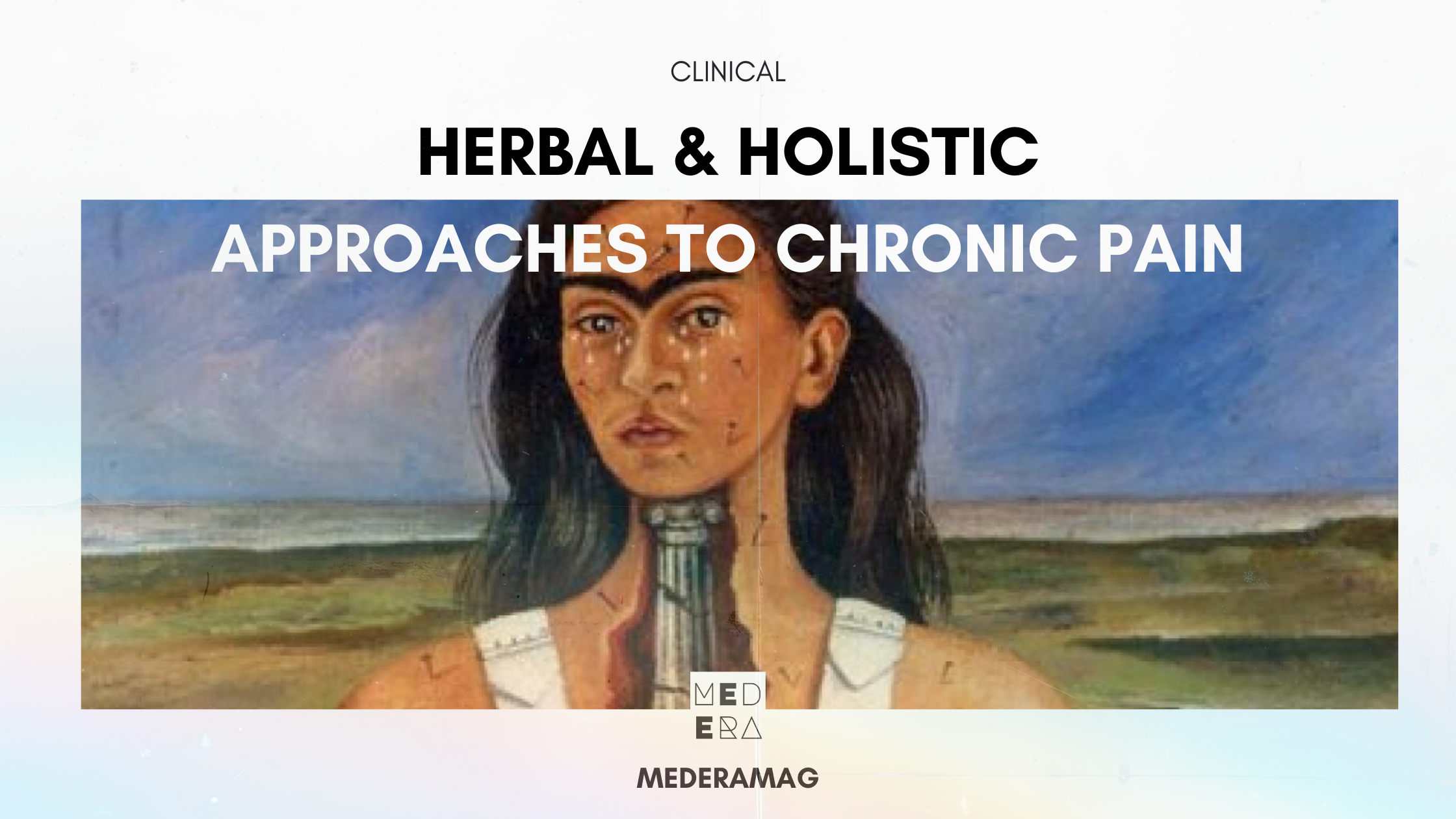
Herbal & Holistic Approaches to Chronic Pain
Chronic pain continues to be a topic of “concern” among virtually every kind of medical professional there is. And even though everybody is talking about it, very few seem to know what to do with it. Options for chronic pain management are embarrassingly sparse in pharmaceutical medicine and this is probably because a single, targeted approach isn’t what’s effective — but rather, a holistic approach to chronic pain.
Even under the umbrella of “chronic pain”, there is still a way to differentiate pain. Modern medicine most commonly differentiates between “nociceptive” and “neuropathic” pain, with the former having an origin in physical trauma and the second having an origin in the nervous system. But in a herbal and holistic approach to chronic pain, it’s broken down further and differentiated by qualities of pain.
The problem is that in pharmaceutical practice, it’s all too common to focus treatment aims on reducing pain than addressing the underlying cause. It’s essentially just a form of “kill the messenger”. And so, a herbal and holistic approach to dealing with chronic pain includes more than one kind of treatment. It is typically a multifaceted approach through which the pain is subdued and the underlying cause is treated at the same time.
In this article, we’re going to look at what kinds of things differentiate pain in the herbal medicine landscape and how you might start to approach different kinds of pain. We’ll also talk about ancient approaches to pain management that don’t involve herbal medicine, but a range of physical therapies, too.
Differentiating pain.

@minotaur.21
There’s pain… and there’s pain. A pain in your stomach is very different to a pain in your neck and they’re likely to have completely different causes, too. Certain kinds of pain are life threatening, such as appendicitis or an intestinal obstruction and that’s also why it’s important to see a medical practitioner when you experience pain. In Australia, 1 in 5 people aged over 45 experience some kind of chronic pain, and so differentiating pain is one of the most important jobs of a medical practitioner.
In medicine, there are two kinds of pain; “nociceptive” and “neuropathic”. Nociceptive pain is the result of the activation of sensory neurons, usually from some kind of physical trauma such as an injury. Nociceptive pain is a protection mechanism of the body. It alerts the organism to an injury or inflammation and necessitates a response. Neuropathic pain originates in the nervous system as a lesion or disease of the central nervous system, and according to modern medicine, neuropathic pain serves no protective mechanism.
But this isn’t entirely accurate. For example, depression and chronic pain are comorbidities up to 40% of the time. Some researchers have hypothesized that what connects chronic pain and depression is neuroplasticity. This suggests something altogether different to the concept that neuropathic pain is not protective. If it’s experienced alongside mental health disorders, then it’s entirely possible physical pain is a protective defense against emotional pain.
What’s different for an herbalist in terms of consultation is the time spent taking a long history from a client. Doctors don’t often spend one hour taking an entire medical history because of time and funding constraints. These insights give herbalists their first look into differentiating pain.
The humoral approach to differentiating pain.

@_mermaid_minds_09
In humoral medicine theory, the quality of the pain relates to the humor. For example, inflammatory pain, in the case of a graze or a puncture wound, usually presents with symptoms of excess heat. Redness and itchiness typically accompany the pain. But colder forms of pain are usually arthritic in nature, affecting the joints.
Discontinuity forms the basis of pain in humoral medicine. It is the result of opposing forces clashing. For example, if blood becomes congealed and stagnant, it is discontinuous with its nature of being moist and flowing, and causes the pain of blood clots or menstrual cramps. Humors can become obstructed or can flow in places where they are not meant to flow.
In Avicenna’s Canon of Medicine, he describes 15 different kinds of pain:
- Itching pain - the humor is pungent or sour, such as melancholy or blood that has become corrupted with choler
- Rough pain - the humor has a rough or caustic quality, such as excess choler
- Stabbing pain - the humor enters and separates membranes, often caused by melancholy or when wind accompanies a humor
- Stretching pain - a gas or humor that is stretching the muscles
- Compressive pain - a humor is compressing on an organ
- Corrosive pain - irritating or toxic matter is stuck between the muscle fibres and their sheaths
- Tearing pain - a humor or wind that enters between the bone and the connective tissue that covers the bone. It’s a very visceral pain.
- Loose pain - when the flesh of a muscle is relaxed and extended but the tendon is not
- Boring pain - when thick matter gets stuck in the folds of an organ, such as the colon
- Piercing pain - when thick matter or gas gets stuck in the folds of an organ and then pierces all the way through
- Dull pain - dull pain occurs when a cold humor blocks the routes of sensation
- Throbbing pain - has a hot nature and is usually due to inflammation
- Heavy pain - this occurs when an insensitive organ such as the kidney or the liver become swollen and the surrounding tissues feel heavy and pressured
- Fatigue pain - after physical exertion, an irritating humor (ulcer), tension, or flatulence
- Irritative pain - humor that has a sharp caustic quality such as choler
Naturally, the quality of the pain will dictate the remedy. Pain caused by gas and flatulence requires a digestive approach to pain management whereas that caused by inflammation may require topical or immune approaches.
Using humoral medicine to understand neuropathic pain.
Avicenna believed that the gas most of us typically experience as bloating and distension pain can actually travel anywhere in the body and cause pain anywhere. There are also two humors that can arise as “vapours”, causing emotional responses. This starts to lend us to the idea that these vapours can travel around the body causing pain.
Choler and black bile (melancholy) both create subtle vapours. Choleric vapours are associated with anger and frustration while the vapours of black bile are associated with neurotic afflictions such as delusions, anxiety, depression, and schizophrenic disorders.
Resilience is an important factor in pain for which there is no real approach in modern medicine. If a person’s resilience is considered low, their pain is trivialised. In herbal medicine, a person’s resilience may be low because of a lack in vitality — which is a very important aspect in dealing with chronic pain. Restoring vitality is equally as important as removing the pain, as increased vitality is associated with better health and better recovery. It’s therefore considered that increasing a person’s resilience with other natural therapies helps them achieve better health, and therefore, better pain scores.
The importance of magnesium.
An often neglected aspect of pain management is supplementation with magnesium, even if that’s in the form of topical magnesium. This important mineral is involved in over 300 enzyme reactions in the body, co-factoring reactions that are critical for muscle contraction, nerve conduction, glycaemic control, and blood pressure.
Magnesium deficiency has been linked to increased inflammation responses that are particularly associated with chronic, low-grade inflammation. And inflammation is also what underpins many instances of chronic pain, although not all.
This is further confounded by the fact that in the Western diet, processed foods often predominate. Processed foods lack adequate magnesium levels to satisfy dietary requirements, and so a subclinical magnesium deficiency nearly pervades demographics that consume excessive processed foods.
Magnesium supplementation, via various routes, has been shown to reduce pain associated with headaches, menstrual pain, migraine attacks, diabetic neuropathy, intra and post-operative periods, and cancer-related pain.
Managing inflammation as a way to deal with chronic pain.

@haneen_art11
For many sufferers of chronic pain, inflammation is a pertinent underlying cause to deal with. There are a number of reasons why a person might find themselves with chronic inflammation. Diet and lifestyle are factors; a trauma may instigate a chronic inflammatory response; it may be genetic such as a hereditary autoimmune disease.
The thing is that the inflammatory response is necessary — and protective as we earlier talked about. But when it becomes chronic, it no longer serves its purpose of tissue repair and becomes hyperalgesic and actually pathological.
The holistic approach to inflammation management includes diet and lifestyle changes, herbal medicines, and sometimes topical or physical treatments (baths, poultice, massage). An anti-inflammatory diet can be followed as there are foods known to both suppress and excite inflammatory responses. By observing an anti-inflammatory diet, a person can reduce inflammation and therefore improve pain scores.
Herbal medicines such as devil’s claw, cabbage juice, ginger, turmeric, and willow can be given to reduce inflammation alongside topical treatments to reduce pain. Exercise and massage are also considered important parts of the anti-inflammatory process as they continue to assist the body to expel the toxic wastes created by the inflammatory response.
Herbal remedies for managing pain.
Herbal analgesics are few and far between, and this is why they must be used in conjunction with other therapies to both reduce the pain and address the underlying cause.
Californian poppy, willow, and wild lettuce can be given as direct analgesics. They are often sedative, so they are not recommended for use during the day time. In fact, the willow tree bark is the same herb from which aspirin was created.
In addition, topical treatments are often used to deal with pain. Interestingly, topical treatments for pain are usually counter-irritants, meaning they use hot or cold sensations to trick the nerve endings into responding to other stimuli rather than the pain. These include mustard, rosemary, cayenne pepper, camphor, menthol, and pungent essential oils such as cassia and peppermint.
Finally, herbal baths are all together a wonderful remedy for those with chronic pain, especially since emotional health is such a big factor in chronic pain. Magnesium is always indicated in a bath that calls for killing pain, as well as any other herbs that might be appropriate for that kind of pain such as anti-inflammatory herbs.
Massage and other manual therapies.

@soulart.klerks
To assist the removal of toxic matter and humors from between the muscle fibres, sheaths, connective tissues and nerves, massages and other manual therapies are used. Acupuncture is often used to liberate the meridians and allow qi to flow freely. Massage and myofascial release use the same principles to liberate, lengthen, and flex the tissues.
Chronic pain is associated with long term disease, and is therefore often accompanied by excess morbid humors taking residence in the tissues. Manual therapies assist the dissolution and removal of these morbid humors. By mobilising the waste, the lymphatic system can take waste to its necessary excretion organ.
The importance of activity and exercise.
For many with chronic pain, exercise is difficult to achieve. This is where a doctor or natural therapist can step in. By minimising pain and inflammation, exercise becomes achievable, and then, it can actually become a very important strategy for repair and recovery.
Exercise is beneficial for multiple kinds of pain such as osteoarthritic pain. It can reduce joint pain and improve mobility. On top of this, it’s a facilitator for the movement of lymphatic fluid which can continue to move toxic and morbid matter away from joints, muscles, and tissues.
The human body was made to move. And long periods without activity can cause pain by the sheer fact that it goes against the nature of the human body. This is why it’s absolutely imperative for those with chronic pain to incorporate some form of exercise or activity into their lives, and continues to be an important aspect of holistic and herbal treatment for chronic pain.
Do you suffer from chronic pain? What therapies do you use to assist you with pain management? What works and what doesn’t? Let us know in the comments!

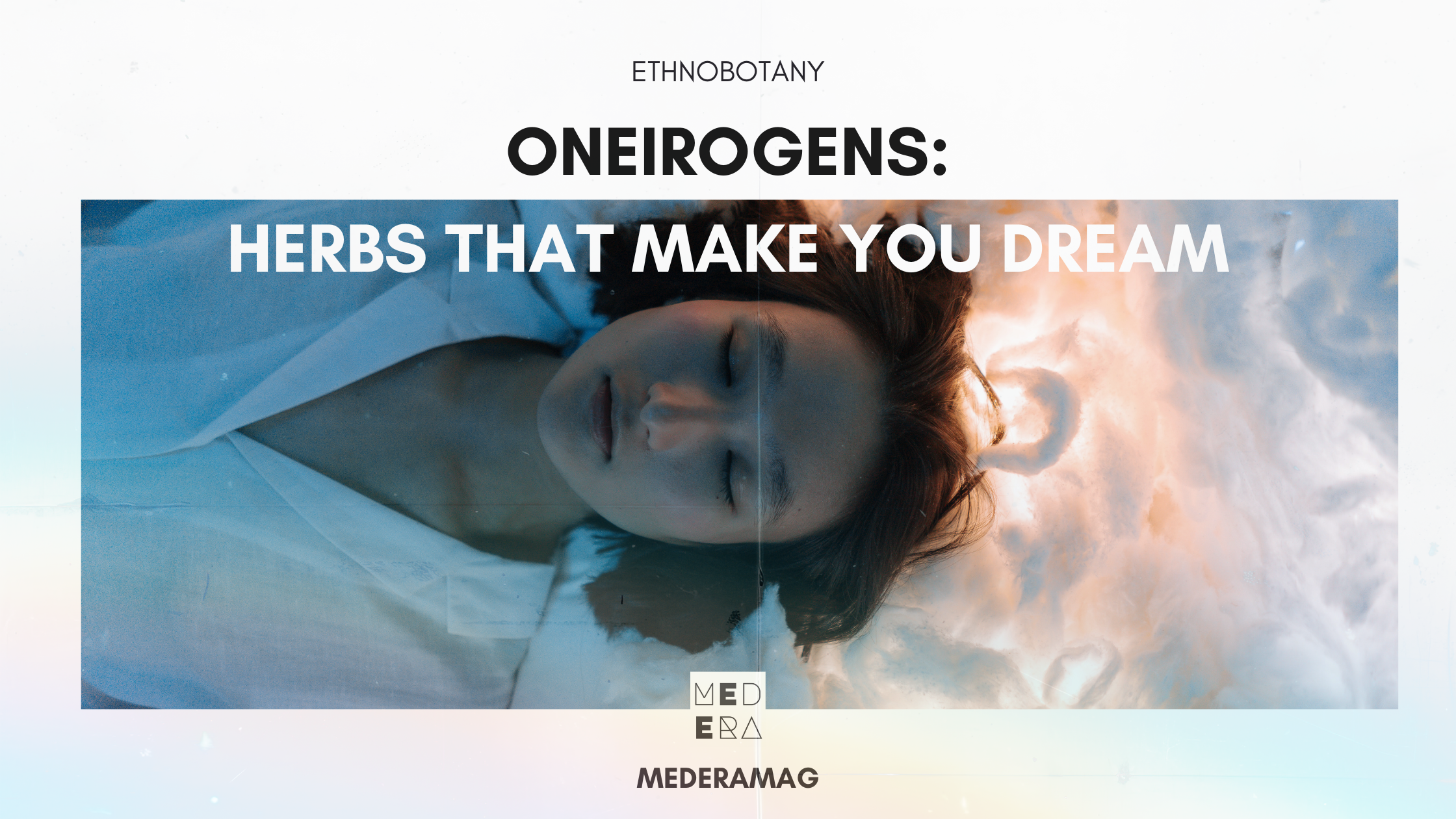


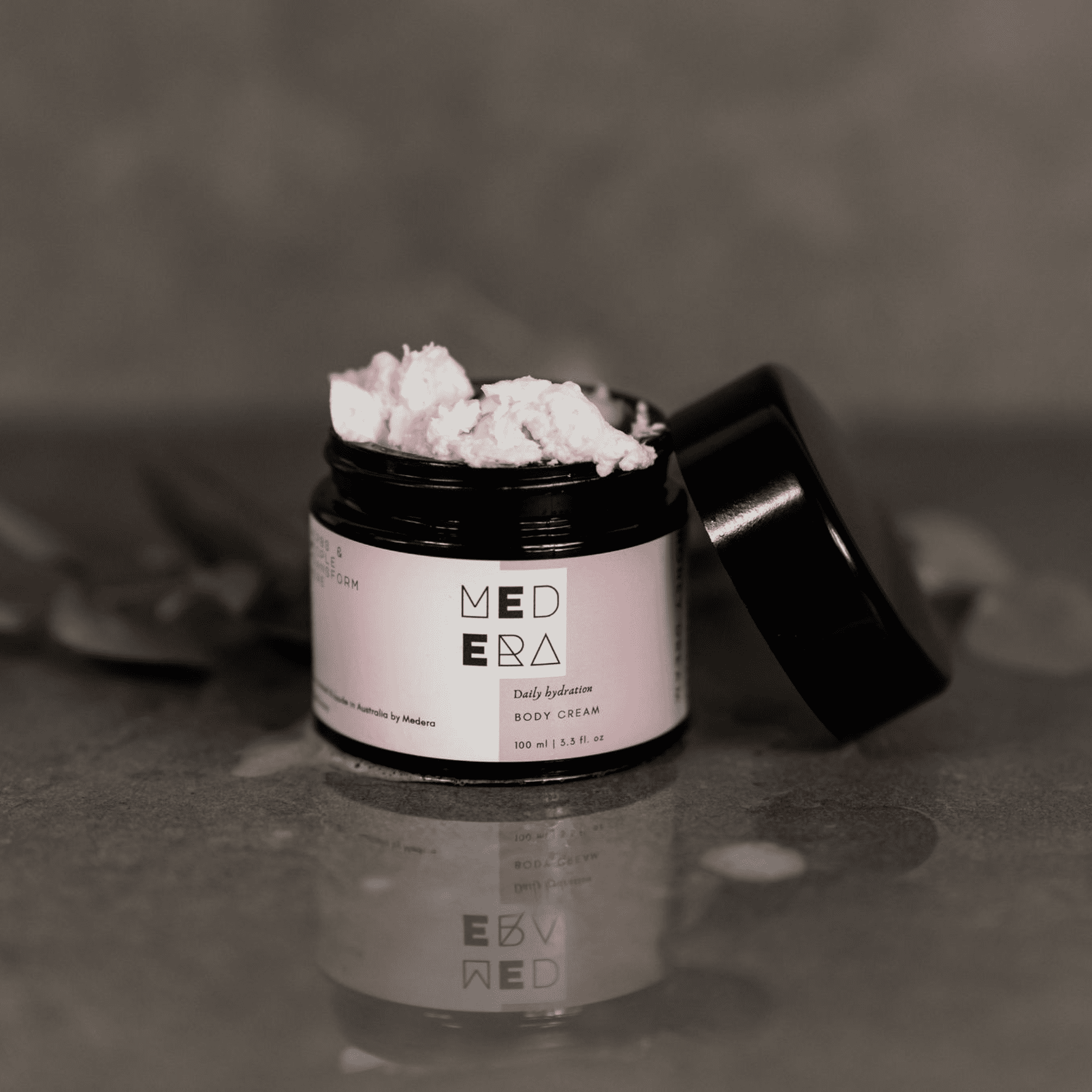
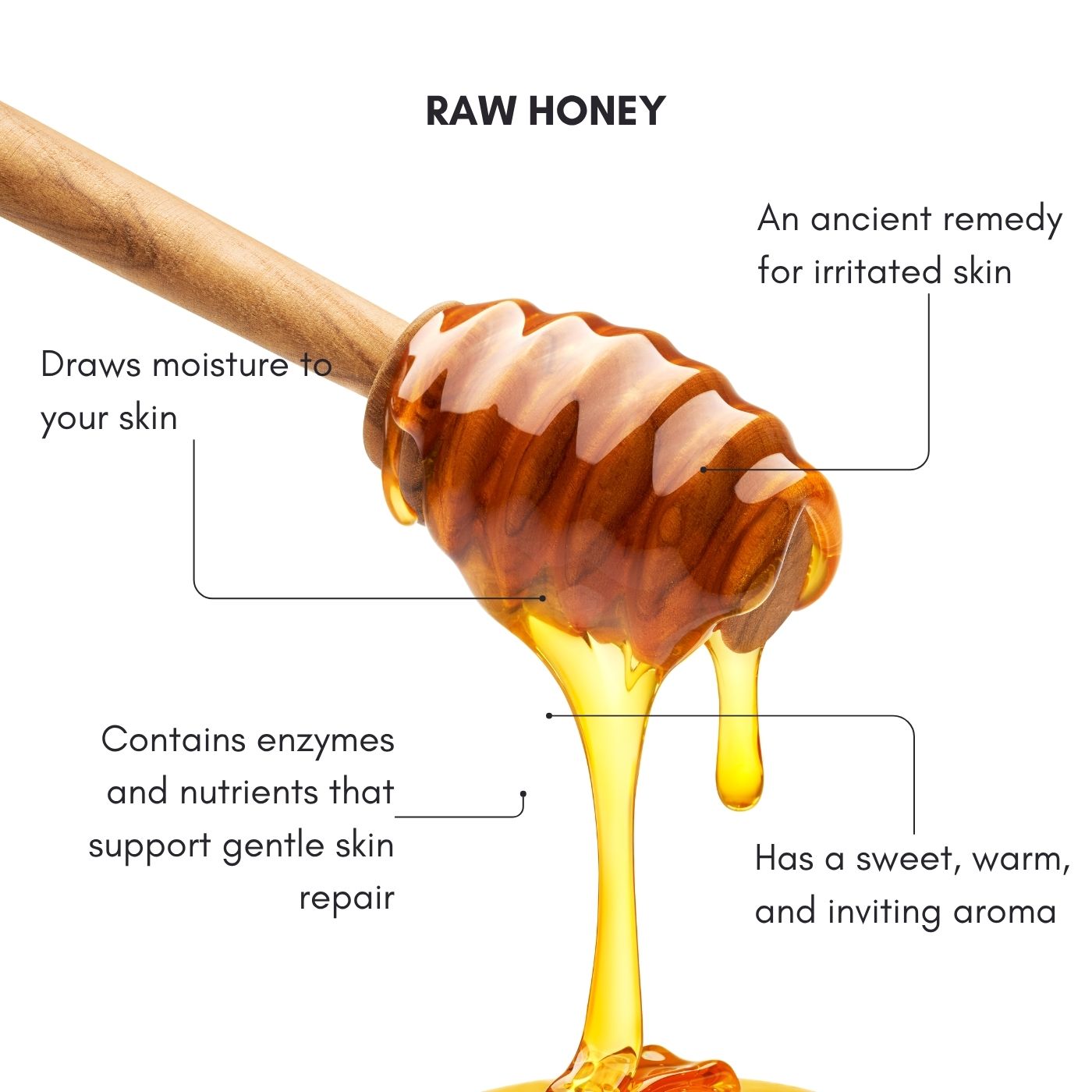
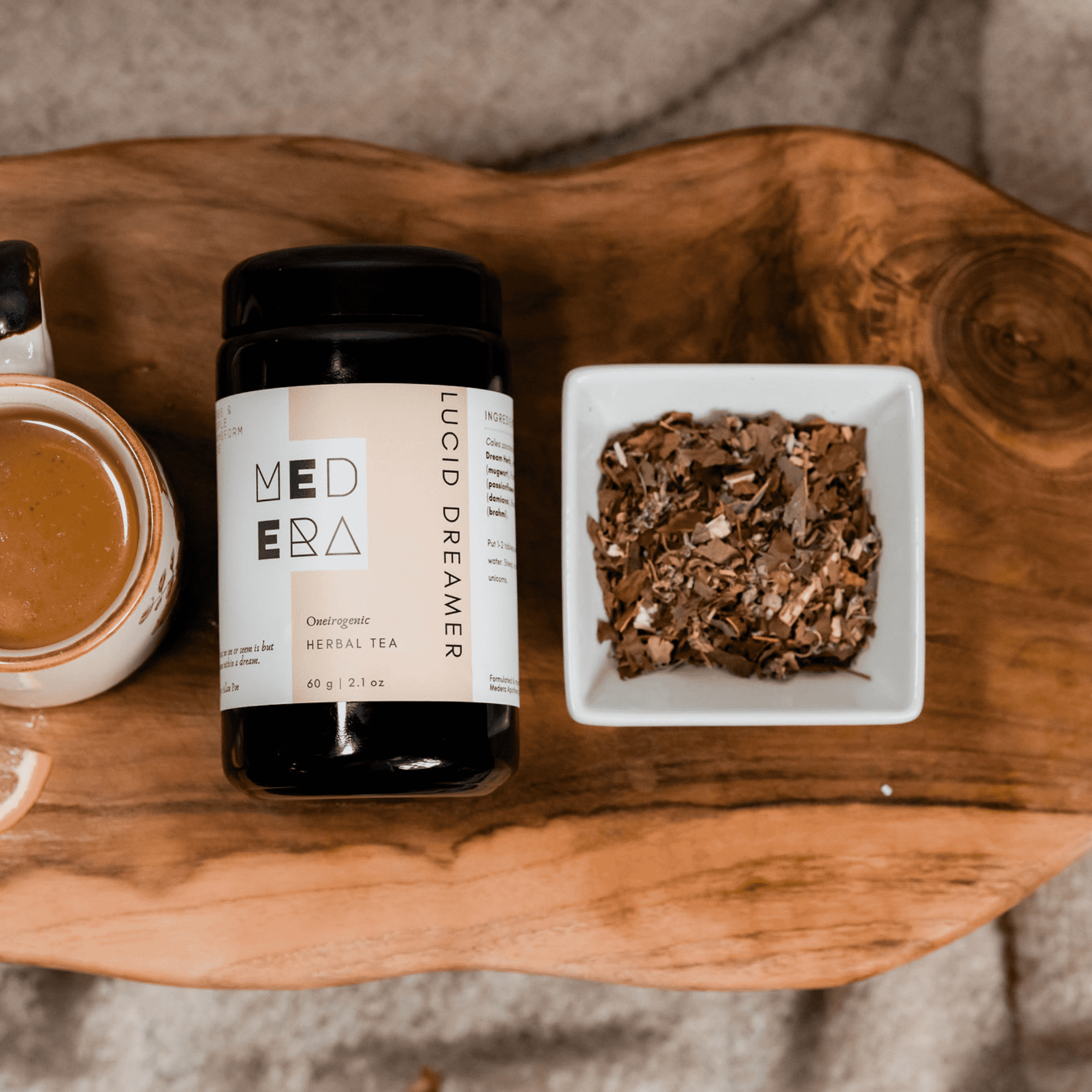
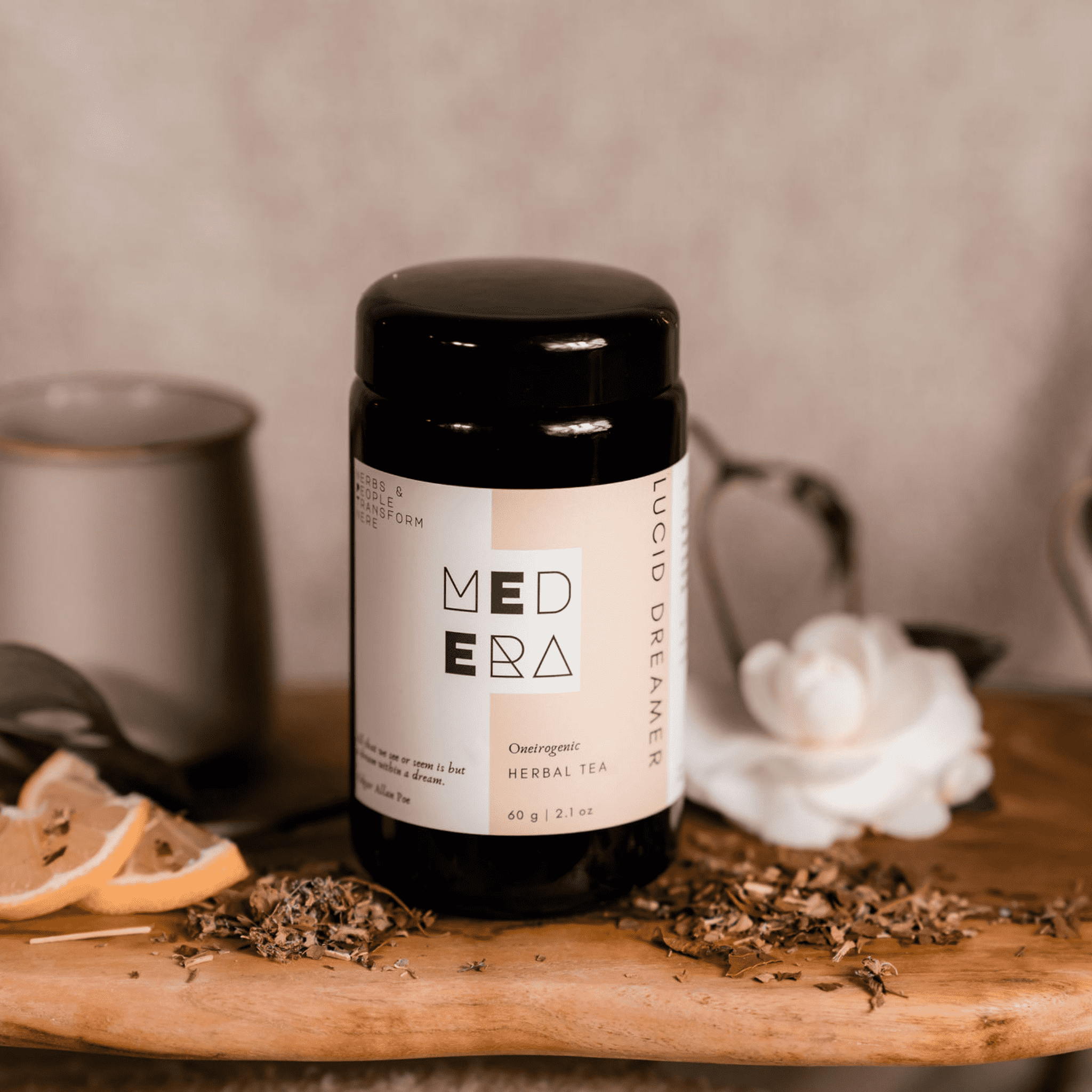
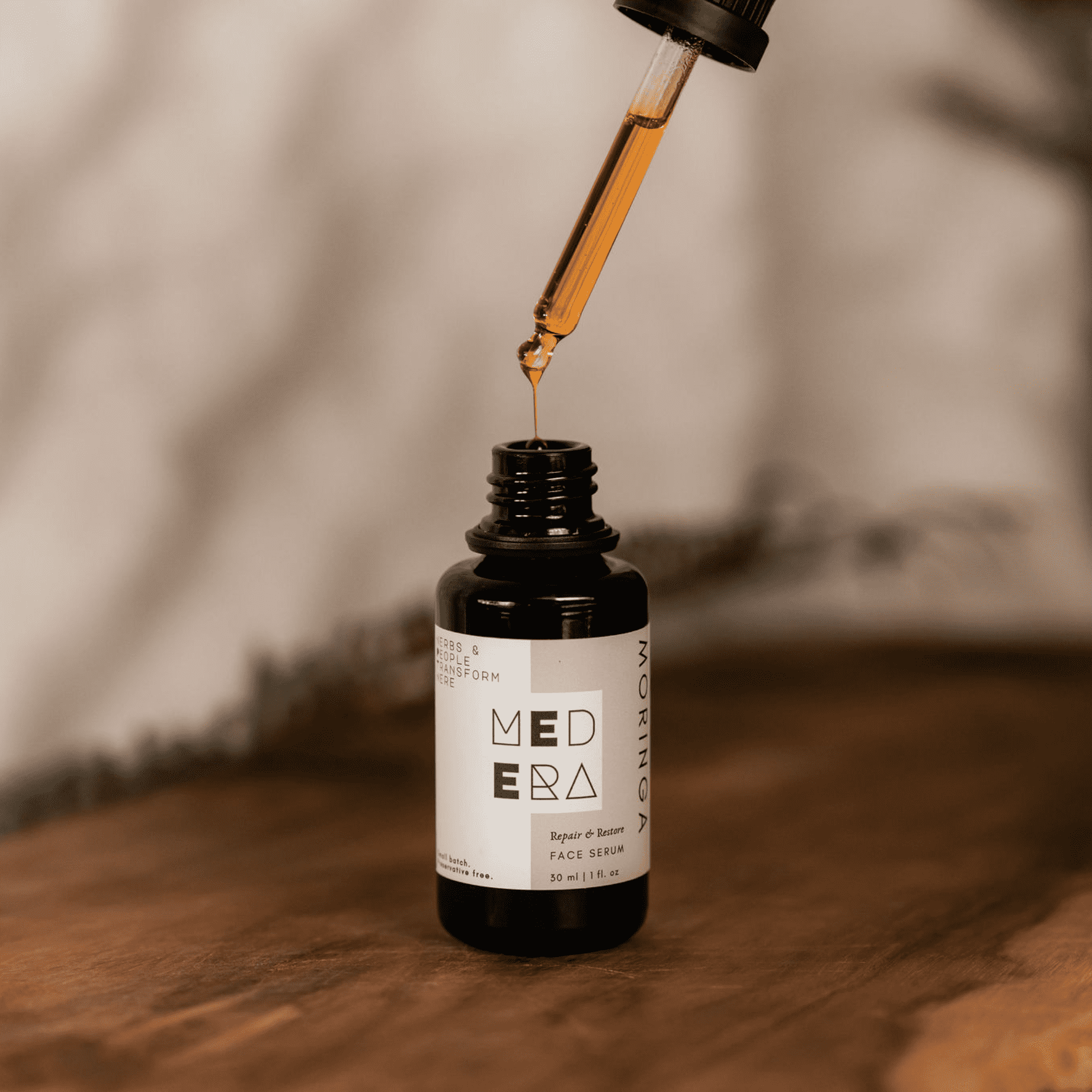


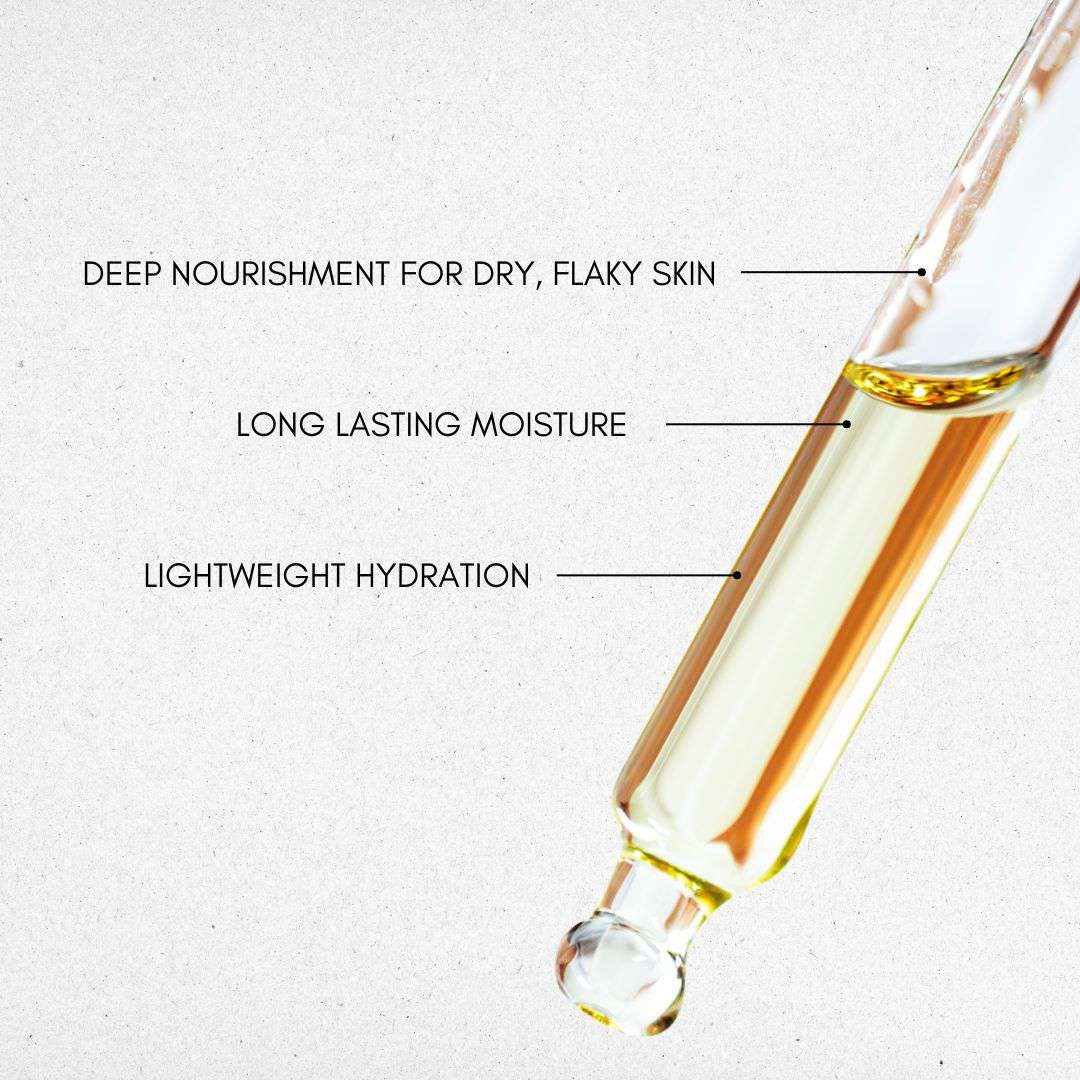

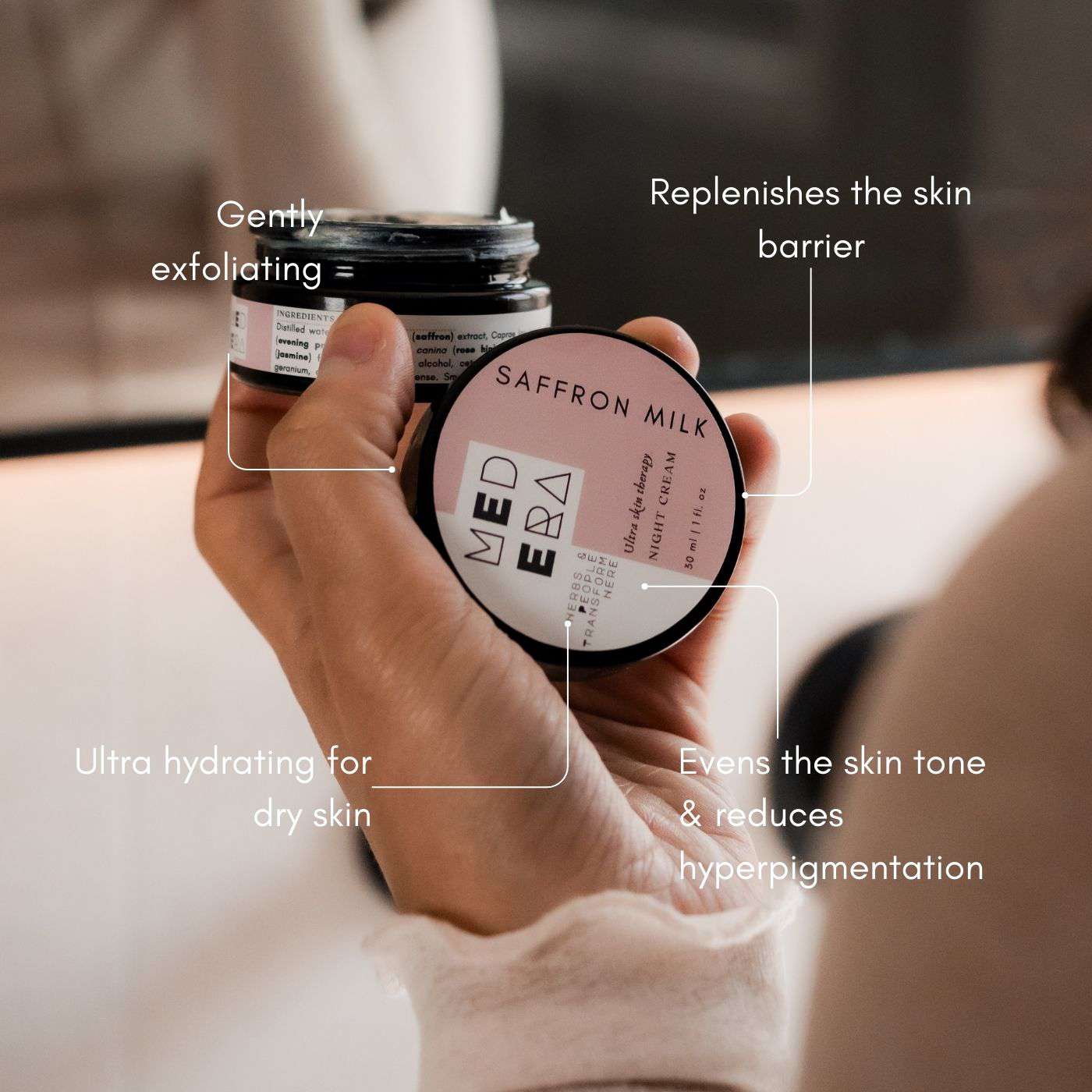
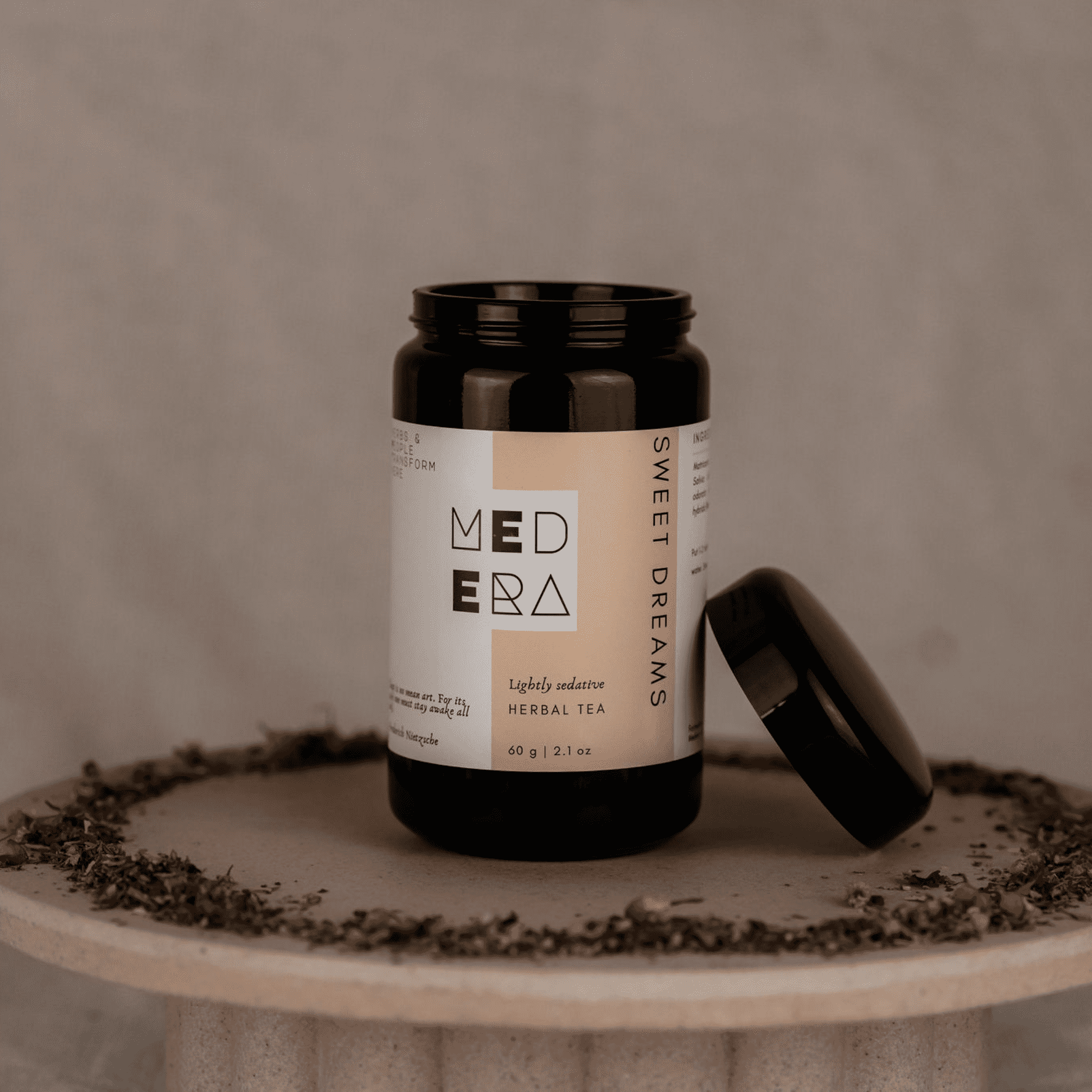
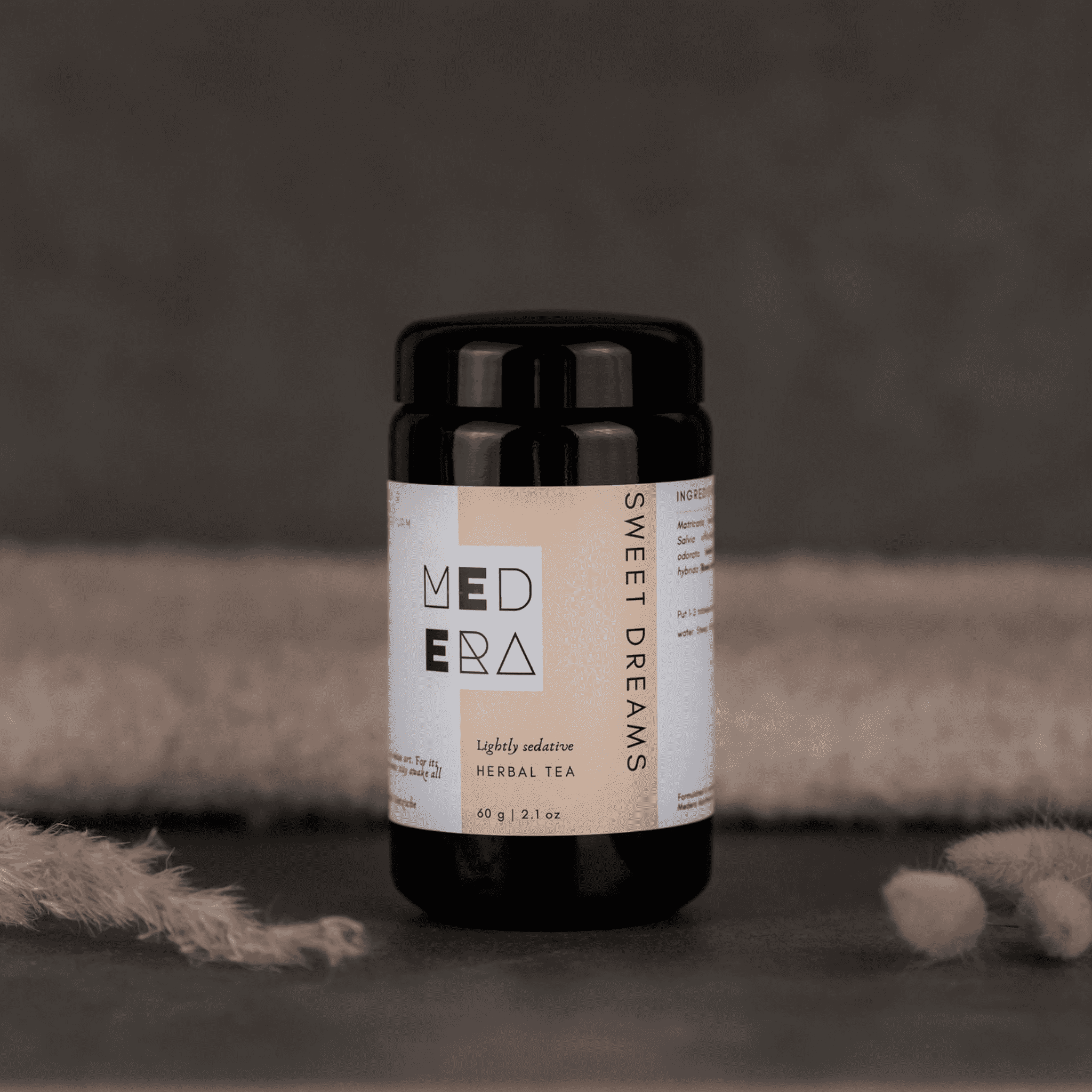
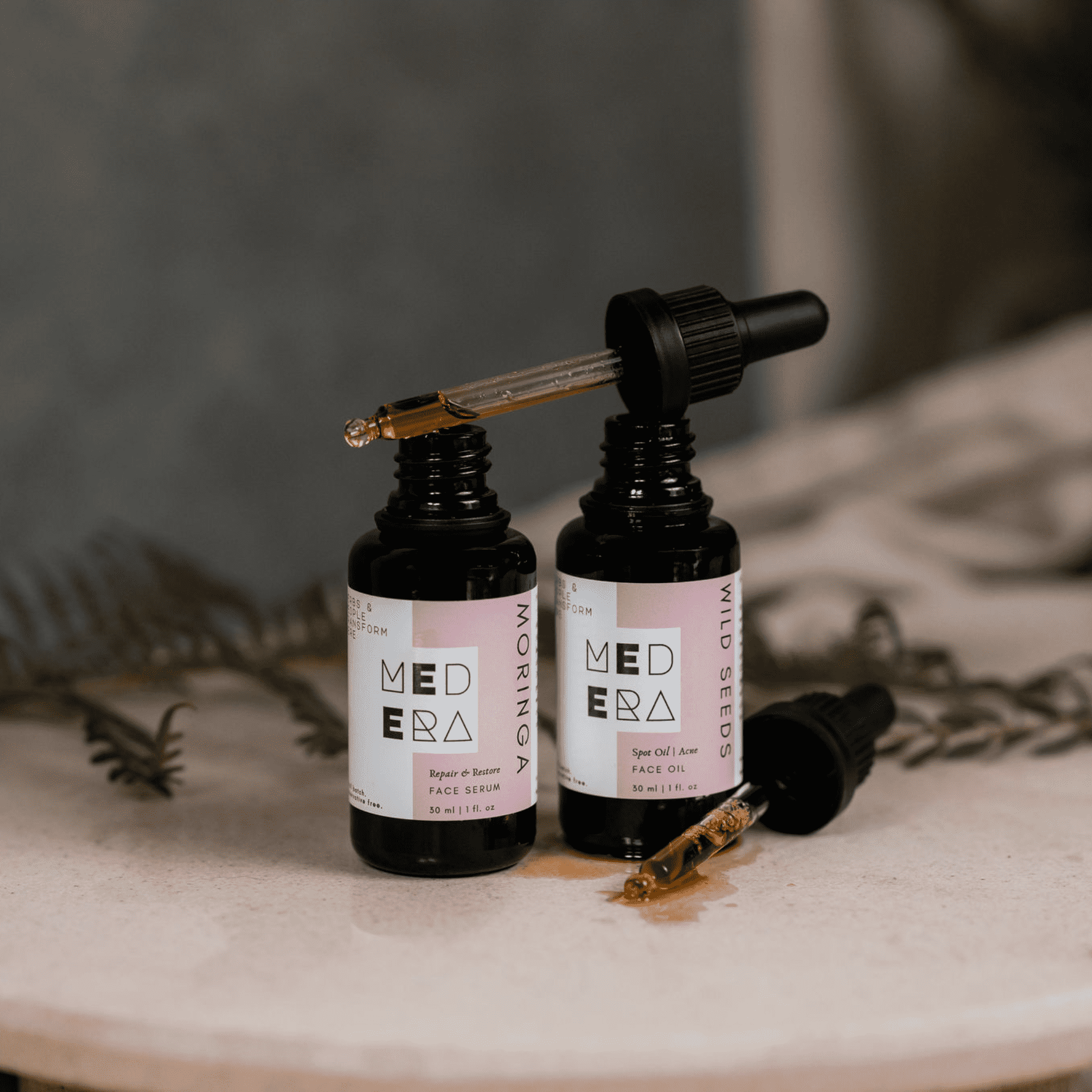

Leave a comment
This site is protected by hCaptcha and the hCaptcha Privacy Policy and Terms of Service apply.